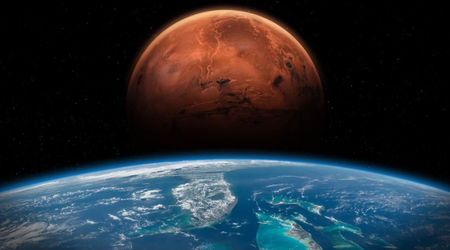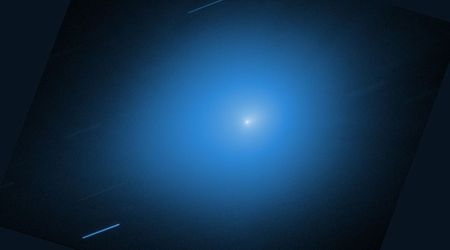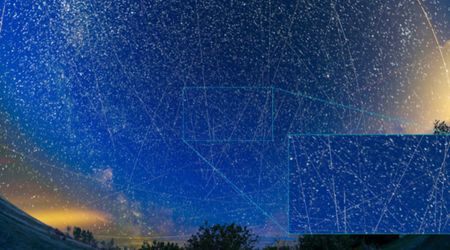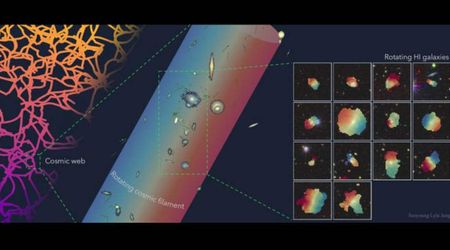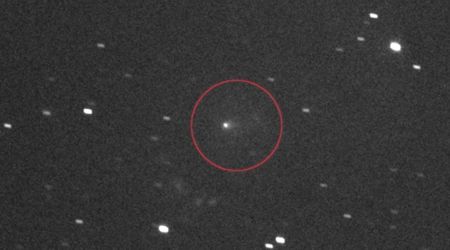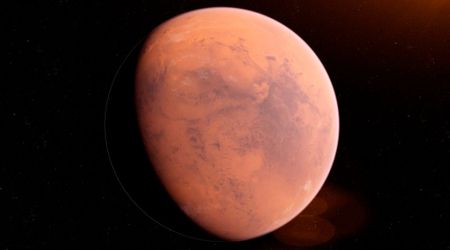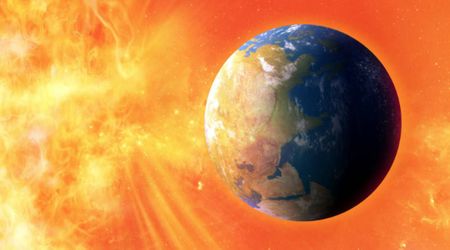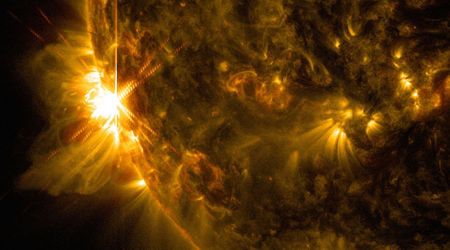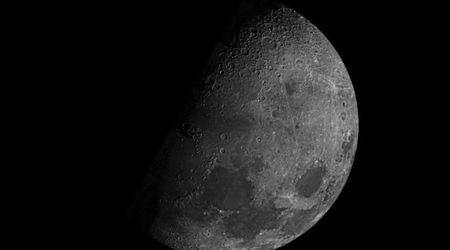What are the different types of asteroids?


Our solar system has a sun around which planets and their moons orbit in an absolute and predictable harmony. Also present are asteroids, whose shape isn’t smoothly spherical like planets and whose sizes range from mere pebbles to more than 580 miles (940 km). In many ways, these asteroids — formed at the same time as the rest of the solar system — allow us to peep back into its history to understand how planets and the Sun formed.
These pieces of rocks are leftovers from the planet formation (a total of 1,070,234 till now), are too small to become planets or moons, so they exist suspended in interplanetary space, going around the sun like other planets, occasionally crashing into each other, or into Earth as meteors. Despite their abundance, the mass of all these asteroids combined will be less than the Moon’s mass, such is their lightness.

Asteroids in the inner solar system.
While all of them are by nature called asteroids, no two are the same. Their makeup is different depending on where they formed in the solar system, and they are also classified by their chemical composition. Let’s take a look at both of these groups.
Asteroid classification based on their chemical composition
1 - C-Type asteroids (carbonaceous)
The carbonaceous asteroids are abundant in the solar system (almost 75% of the known asteroids are of this type), especially on the edge of the asteroid belt between Mars and Jupiter (some astronomers say that another planet could have formed in that asteroid belt if Jupiter’s gravity wasn’t so massive, but now a possible planet lies in pieces in between Mars and Jupiter).
As their name suggests, they are rich in carbon among other silicates and metals and are thus dark, which is why we might not have detected many more asteroids of this type in the outer reaches of our solar system.
They have a very low albedo of 0.03 to 0.10, which indicates that these asteroids absorb almost all of the sunlight incident on them (they appear dark because they don’t reflect sunlight toward us to notice them).
They are also the oldest rocks in our system. At a large distance of 3.5 AU away from the Sun, they are least deformed by solar heat physically or chemically, so they are ideal artefacts for scientists to examine. Ceres is the largest and most massive asteroid in this group, contributing to 25% of the asteroid belt’s mass.

Ceres, the largest object in the asteroid belt between Mars and Jupiter. Source: NASA
2 - S-Type asteroids (silicaceous)
After the C-type asteroids, we have the S-type asteroids made of silicate and iron-nickel to be the next most abundant group in our system. They are very common on the inner edge of the asteroid belt and contribute 17% of the total asteroids in the entire system.
With an albedo of 0.2, they are fairly bright and easier to see when we compare them to C-type asteroids. The largest in this group is 15 Eunomia at 205 miles or 330 km across that makes up 1% of the asteroid belt’s mass.
3 - M-Type asteroids (metallic)
While the M-type asteroids are the third most common asteroid group, we don’t know much about their composition. They are located in the middle of the asteroid belt, and most if not all contain nickel and iron, but the subtler compositional characteristics depend on their distance from the Sun.
Those close to it melted partially and basaltic lava oozed out onto the surface while those away from the Sun were able to hold on to their composition and structure.
The most massive asteroid in this group is the 16 Psyche with a diameter of 120 miles or 200 km.
Asteroid classification based on their location in the solar system
1 - The main asteroid belt
Residing between the orbits of Mars and Jupiter, the main asteroid belt (the “main” distinguishes it from other asteroid belts) formed because Jupiter’s gravity was so massive that it resulted in the rocks crashing with each other instead of fusing to become a planet. Those violent collisions left thousands of tiny, irregularly shaped particles in their wake. Roughly 99.9% of the belt’s original mass was ejected out of the belt, leaving behind just 0.1% of the mass.
This particular belt is not considered by astronomers to give much detail into the solar system’s history because the asteroids have evolved significantly since their formation. Internal heating, surface scraping due to collisions, and other weathering from space radiation.
Related Reading: Asteroid Hunt: Where Are Most Asteroids Found in The Solar System
2 - Trojan Asteroids
While the asteroid belt is present between two planets, there are two groups of asteroids inside Jupiter’s orbit. They are called Trojans and are seen in Jupiter’s two of five Lagrange points — points in its orbit where there is an increased attraction or repulsion, and the Sun’s pull balances Jupiter’s gravity and keeps the asteroids from flying out. They sometimes move closer or farther away from Jupiter depending on where the planet is in its orbit.
3 - Near-Earth Asteroids (NEAs)
These asteroids (like the infamous Apophis) have orbits that make them come closer to Earth, which is why astronomers track them at all times to be aware of the ones that enter Earth’s atmosphere. NASA maintains a list called "Sentry Impact Risk" that contains every asteroid that could potentially crash on Earth in the future. We now know 95% of the near-Earth asteroids, and many more are being discovered each day.
https://youtu.be/vfvo-Ujb_qkAll the near-Earth objects found to date.
Monitor solar system asteroids in real time
NASA has very recently developed a new web based application called "Eyes on asteroids". It allows users to track and follow known near-Earth objects (NEOs) as they fly through the solar system. Anyone with a computer or mobile phone can access the interactive 3D map by clicking here. You'll be able to discover when the next 5 closest approaches to Earth will happen by clicking on "Asteroid Watch".
For up to date information on asteroids of all types, follow Asteroid Watch on Twitter.

This interactive 3D map displays the orbits of all known asteroids in the solar system.
Summary
To summarize, we have two major classification groups for asteroids. One is based on their chemical composition that gives insights into what they are made of and how they evolved. The second is based on their location in the solar system, which tells us about possible planets that are now shredded to pieces, as well as the influence of gas giants such as Jupiter on the planet formation.
Both classification groups tell us a lot about the solar system’s history — they are our keys to go back in time and piece together the puzzle.

